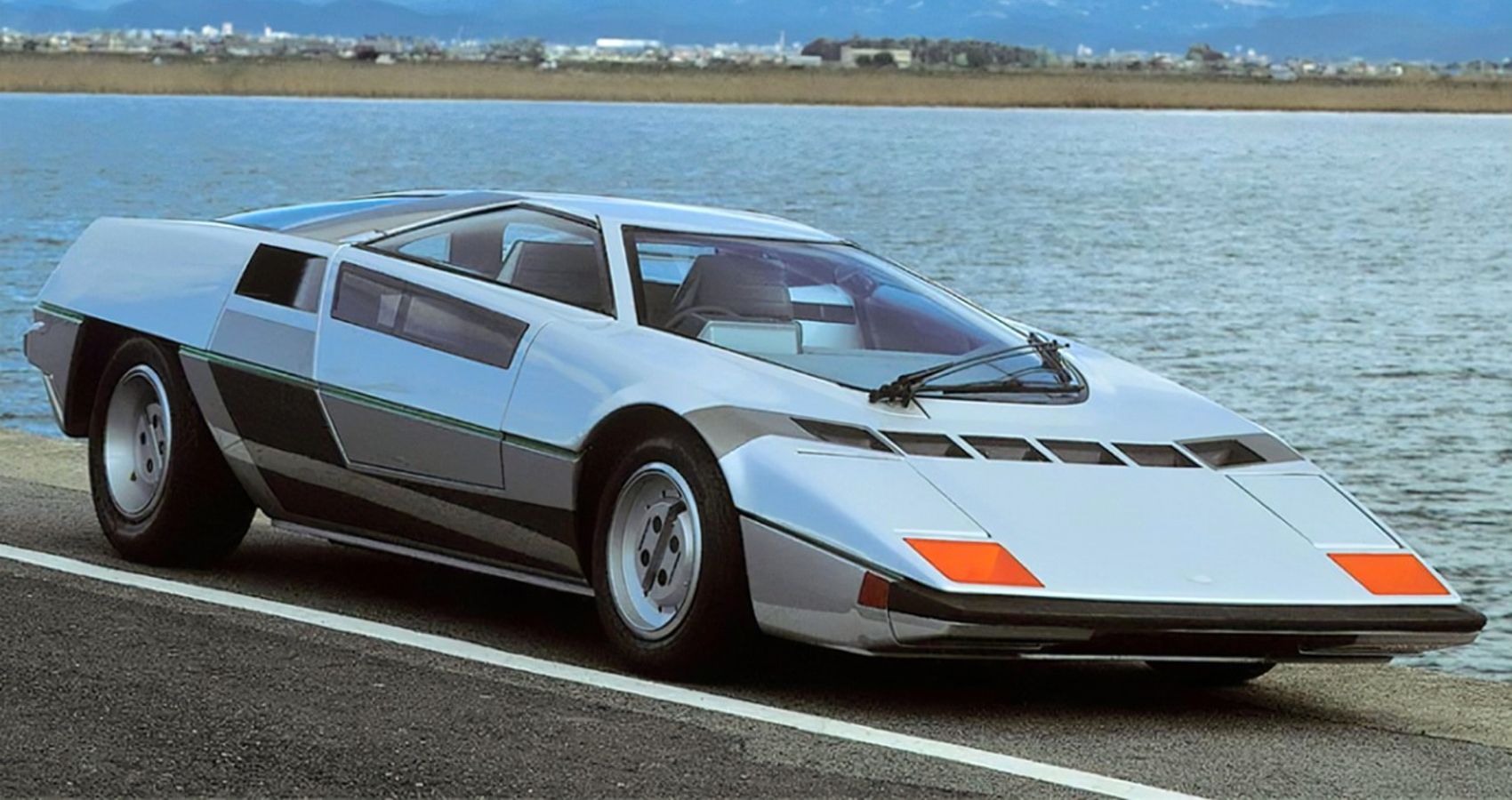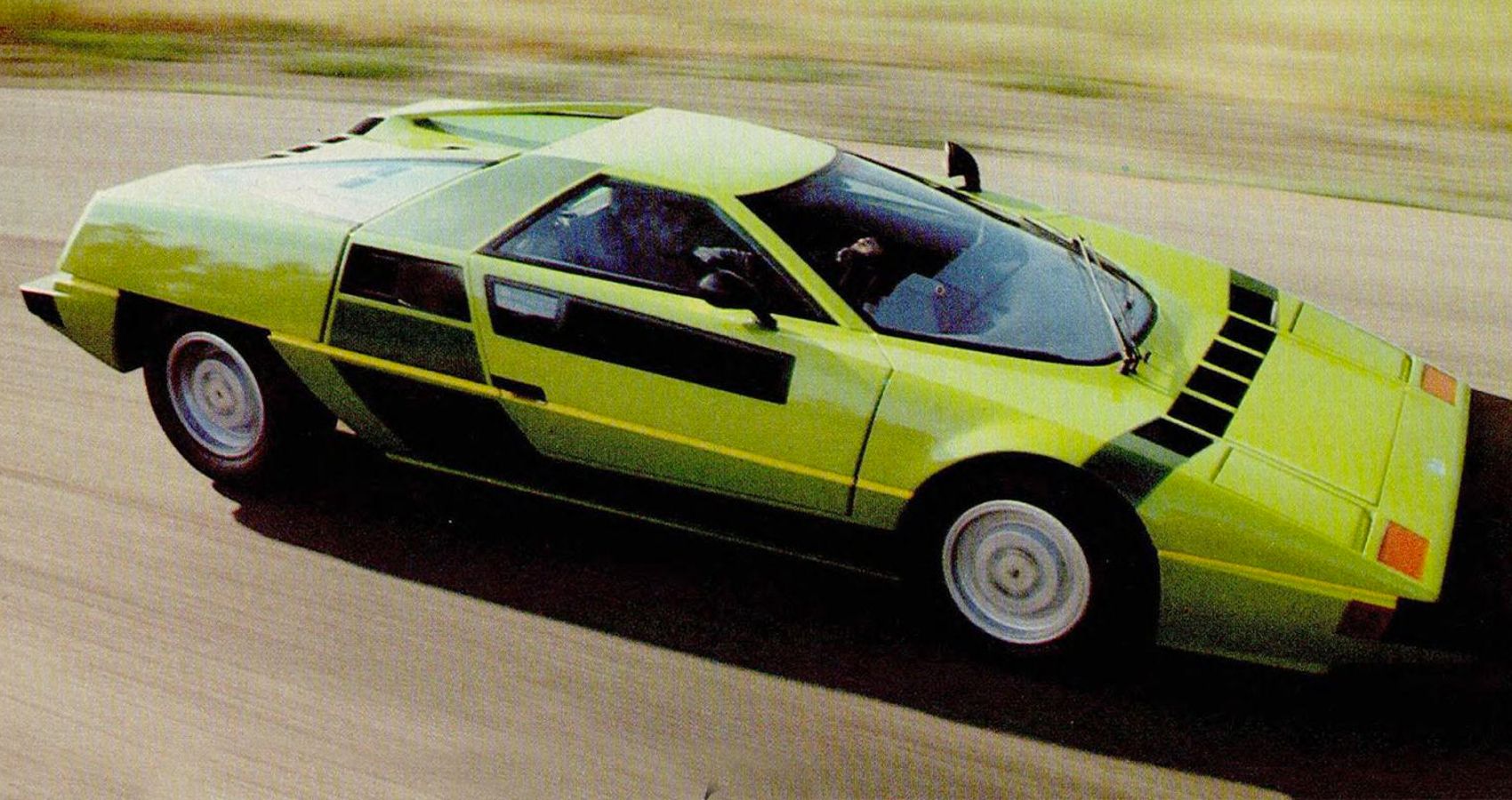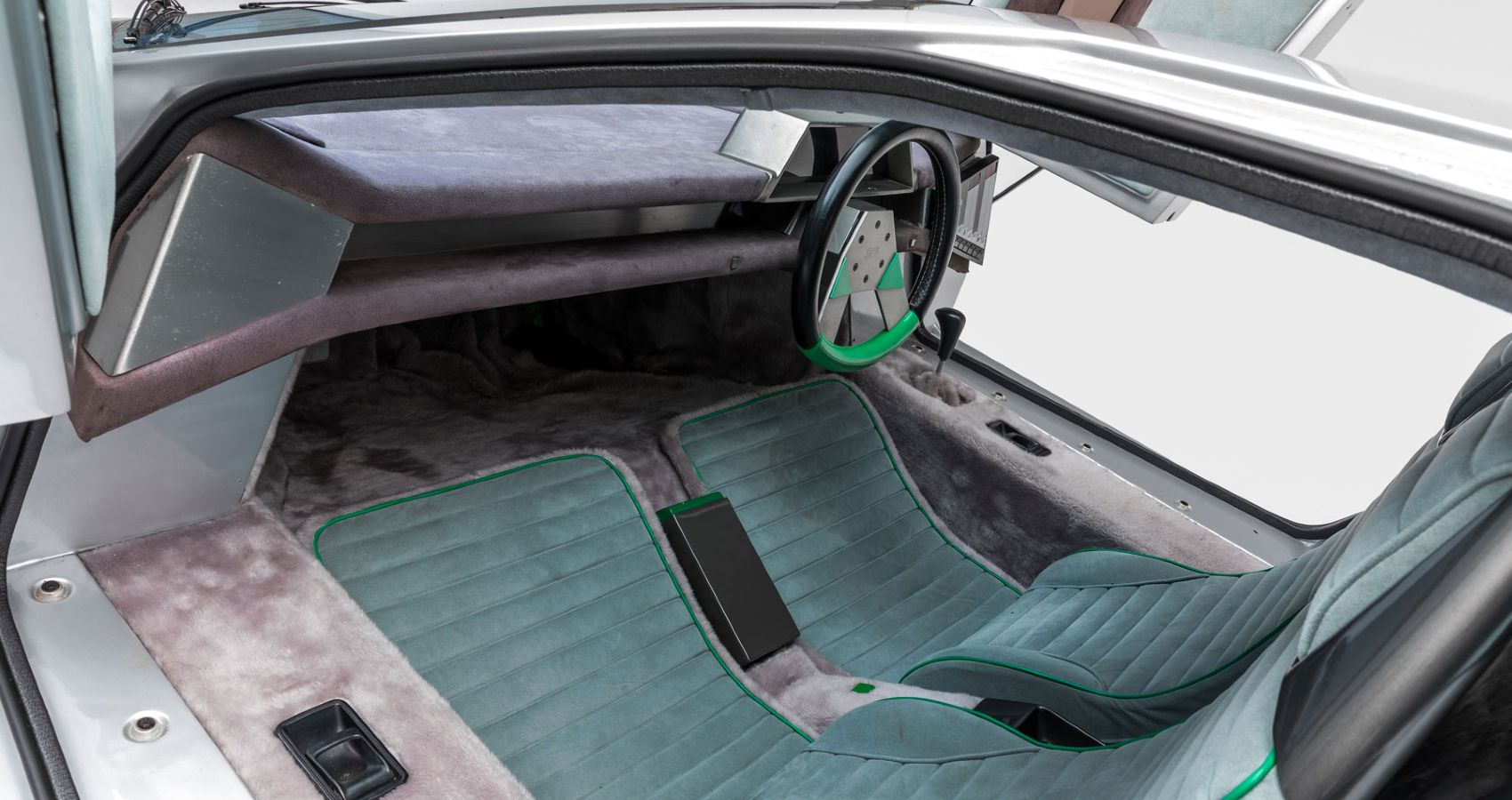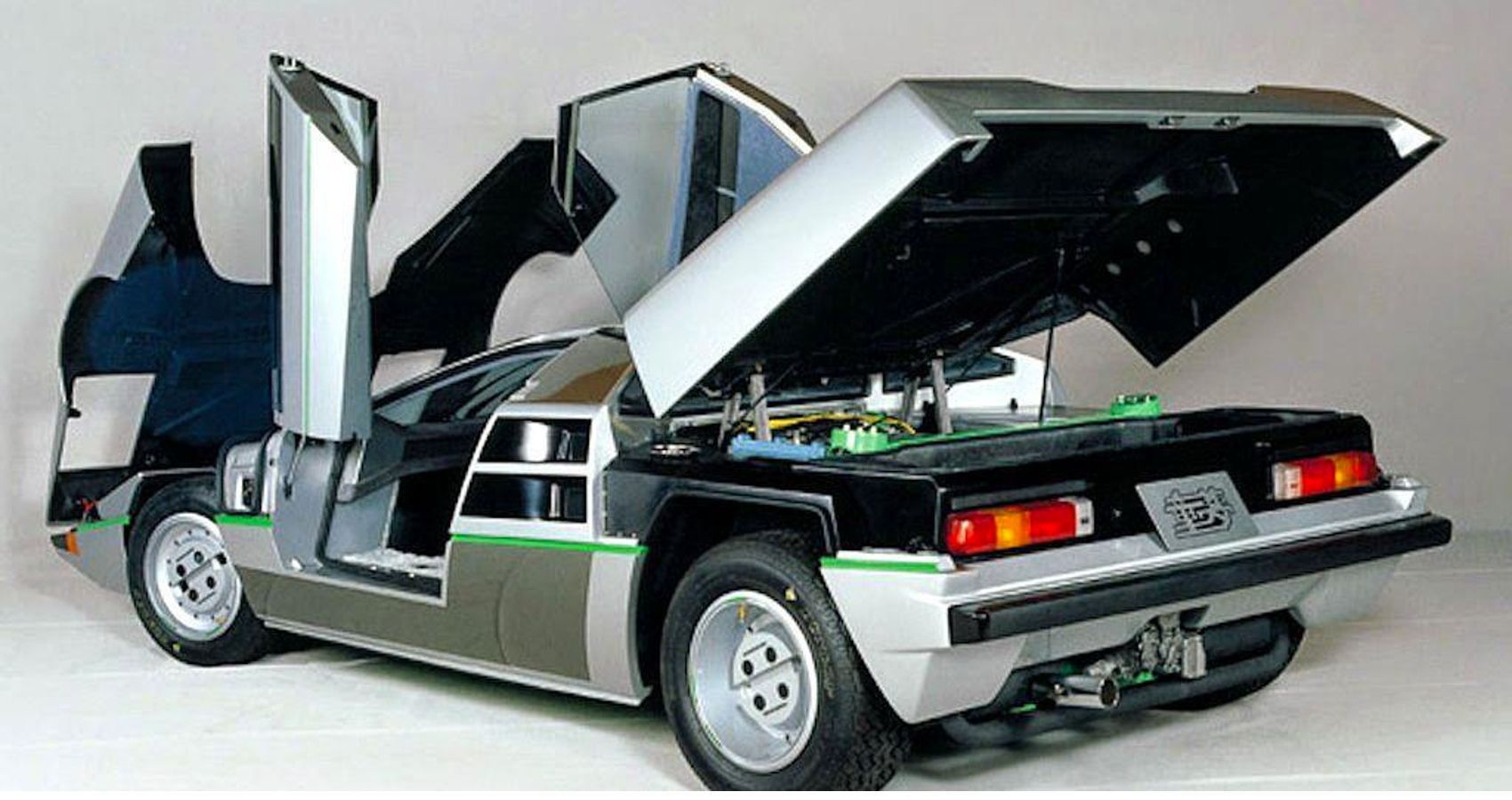Minoru Hayashi founded the Dome company in 1975, his intent being to design and build both road and racing cars. At this time, Hayashi already ran Hayashi Racing in Osaka which was a prosperous supplier and manufacture of parts for street and competition cars. You may have heard of some of Hayashi’s most notable designs, such as the Tojiro, Karasu and Macransa.
1978 saw the debut of an exciting Dome supercar – the Dome Zero, and it had taken three long years to perfect. Japanese concept cars weren’t all that familiar to the Geneva Motor Show in the 1970s, and the Dome Zero was quite remarkable, with its sharp wedge-like shape and loud style. Not only was this sporty supercar Dome’s attempt at generating sales from its growing empire, but also to raise brand awareness for, what was at the time, a practically unknown Japanese automotive mystery. Dome took a mega leap in what was a lacking Japanese automobile industry, and the Zero left gearheads wanting more.
Hayashi’s plan behind the Dome Zero was to ultimately fund a Le Mans campaign with the money made from a short production line, which had been a life-long dream for him, along with many of his employees.
The Dome Zero Has An Unusual Wedge Design
Dome chief designer, Masao Ono was handed responsibility of styling the Zero. Considering the Dome Zero was a prototype, its build quality was extremely high. Its pointed wedge profile was very reminiscent of Bertone’s Lancia Stratos Zero, from 1970. Its flamboyant rectangular hood hosted amber light covers, alongside impressive doors which swung upwards and outwards.
Sharp edges and linear design embodied the Zero’s look, with virtually no curves in sight (apart from its front wheel arches). By 1978, the Dome Zero seemed a little dated, as other European designers were beginning to change their style to a boxier look, which ultimately defined the '80s. There is no denying, even now, that the Dome Zero was a spectacular-looking vehicle, with its futuristic bold style.
The Dome Zero: Sleek Finish Continues Inside The Cabin
The premium finishing standard didn’t end on just the exterior. Swing the door vertically, and you’ll be greeted with heavily reclined seats, covered in light green suede. A modern gray suede complimented the dash, doors, and headliner. A luxurious velvet gray carpet could be found covering the floor, and rear bulkhead.
The twin-spoke Hayashi Racing steering wheel was the star of the show, covered in a black leather material, with a slash of green sitting at its lower end. Without doubt, Dome had aimed for an avant-garde ambiance, and that it was. Although, if you were reaching six-foot and over, stay well clear of this sports car, as you might find yourself face planting the door frame. Yes, cockpit space was rather limited.
We’ll put it out there, power output was rather moderate, but then again, the Zero had a power-to-weight ratio which was comfortably compatible with the Lotus Esprit and Porsche 911. Its 1.5-liter Nissan straight-six engine produced 143 horsepower, achieving a 0-60 mph time of 7 seconds. Although Dome never released full specification values, the Zero is expected to have reached a top speed of around 140 mph. Now, although these values seem rather measly compared to a 2023 supercar, a 0-60mph speed of 7 seconds was well respected in the 1970s.
The Dome Zero: We Wonder What Could Have Been
The Dome Zero was ready and raring to go in time for the 48th Geneva Show in 1978, showing off its flamboyant design which received triumphs of attention from numerous investors and keen buyers. There’s no doubt that the Zero would have flown off the shelf if it had made it to mass production, but unfortunately, Dome were unable to achieve Japanese road certification for the prototype.
This setback led to full commitment being put into a second prototype road car, the Zero P2, which was intended for the international market. During the 1970s, homologation rules were extremely strict within Japan, and Dome did not possess the funds to withstand the homologation procedures that were almost routine for well-financed mainstream Japanese companies.
The Dome Zero’s debut at the Geneva Motor Show ended in the small Japanese company signing many deals with popular toy manufacturers to license the car’s appearance. The profit made from these deals allowed Dome to grow their headquarters and continue their development of road and racing cars.
We must take our hat off to Dome, for creating such an exciting and captivating prototype. The Dome Zero added something special to the Japanese market that hadn’t been seen before. It’s safe to say that had the Dome Zero become road legal, it would have been a legendary ride.
Sources: Dome




